Solaris Chronicles: an exhibition celebrating the ground breaking of a new building by Frank Gehry is a moveable feast
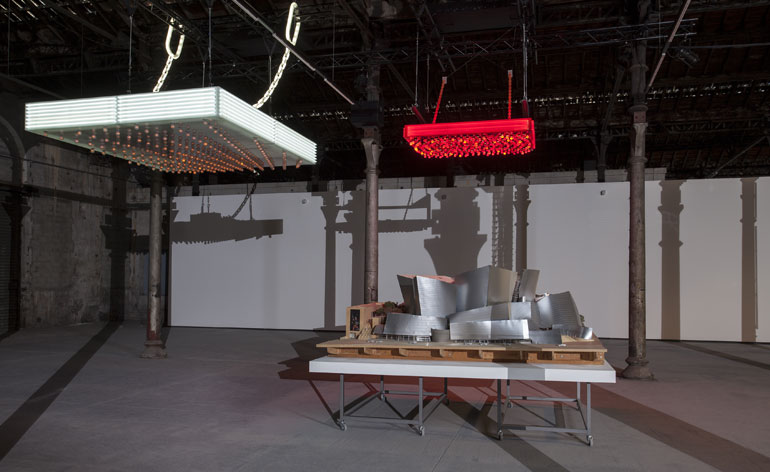
Frank Gehry's architecture often looks like it's in motion, but for an exhibition currently showing in Arles, it is actually moving. The 'Solaris Chronicles' exhibition, produced by the Luma Foundation, ties in with the beginning of construction on a new arts centre, designed by Gehry to form the centrepiece of the foundation's 20-acre campus.
The show's curatorial team includes the definition-defying French artist Philippe Parreno, British conceptual artist Liam Gillick and Serpentine Gallery curator Hans-Ulrich Obrist. Looking for a dynamic way to present a selection of Gehry's architectural models, they turned to Anglo-German artist Tino Sehgal, a master of experience creation.
Sehgal choreographed a team of assistants to push around large rolling tables bearing models of Gehry buildings, realised or not, including the Walt Disney Concert Hall in LA, the Guggenheims in Bilbao and Abu Dhabi, the Atlantic Yards development in Brooklyn, New York, and the National Art Museum of China. A dissonant score by Pierre Boulez, one of Gehry's friends, accompanies Sehgal's choreography. Overhead, a lamp glides along a ceiling track like a rapidly moving sun, while Parreno's flashing marquees add their own staccato rhythm.
The exhibition's goal, says Maja Hoffmann, founder of the Luma Foundation, is to examine the California-based architect's vision and explore how his freeform spirit is close to other forms of art. 'I said we need to present Gehry to the local people because they only know what they've read and it's not what we have in mind for Arles. Our project is going to be different. We did not commission a starchitect to build a second Bilbao.'
Hoffmann created Luma in 2004 to produce and support contemporary art and culture, including the annual photography festival in Arles. The festival occupied the site of an abandoned railyard whose closure in 1984 plunged Arles into an economic downturn from which it has yet to recover. In 2007, she learned the derelict site needed a serious overhaul and decided to develop a campus for photography. The concept evolved as she began thinking about how to draw a larger public to Arles, and now the grounds will be turned into a complex for all contemporary creation. Rather than just 'doing art', she says this is an undertaking that will benefit the whole town.
She hired Gehry, a personal friend, to design a new arts centre that would house research facilities, artist studios, workshop rooms and presentation spaces. His 56m-tall tower will be a deconstructed mirror of the region, its jagged steel edges like the rocky peaks of the Alpilles mountains above a round drum like the city's Roman arena. (The New York architect Annabelle Selldorf will also be renovating a series of historic industrial buildings on the same site.)
Hoffmann also put together a core group, a sort of think tank made up of art-world personalities who share a similar outlook - Parreno, Gillick, Obrist and the curators Tom Eccles and Beatrix Ruf. They meet two or three times a year and take turns mounting projects while the others assist. Hoffmann refers to the group as a peloton, a pack in a cycling race who ride close together and look out for one another.
Together, the group are considering new ways of producing exhibitions beyond displaying static objects in a museum. Each one of their projects is collaborative and multi-disciplinary. 'I have nothing against institutions from the last century,' Hoffmann says. 'They are great. But we hear from people working inside the business how difficult it has become to produce within these structures. We are trying to create a space for more flexibility and partnerships with other players and producers.'
This approach is second nature for Parreno, who is surprisingly unassuming for an artist who recently took over the entire Palais de Tokyo in Paris (see W*176). 'I started out making art that way, putting the project before the object,' he says. As for creating a show in conjunction with so many other talents, he notes: 'It may seem a bit chaotic but ultimately it isn't, because we have a common grammar. It's like if you go to see a rehearsal at the theatre or opera, it looks very chaotic but each person knows what he or she is doing.'
'Solaris Chronicles' is a prime example of this new type of exhibition - a loose and ever-changing show with contributions by Parreno, Gillick, Sehgal, Boulez and John Baldessari. In July, photos by David Lynch, fireworks by Cai Guo-Qiang and an interactive installation by Rirkrit Tiravanija join the mix, along with Gehry's models of Facebook's new West Campus building in Menlo Park, California.
Parreno likes the idea of an exhibition evolving over time. Artists who are not ready can still take part after the opening, just like Gehry's arts centre will assume its place in the foundation's overall project upon its completion in 2018. As Parreno explains, the experience is 'a journey we started without architecture because the passengers are already here. Then the building - the spaceship - will arrive. And we'll climb inside and it will take us somewhere else.'
This article - and a collectible copy of Philippe Parreno's 'Harey' postcard - appears in the August 2014 issue, out now

3673826061001
Watch the exhibition, 'Solaris Chronicles', come to life

The show's curatorial team includes Parreno, conceptual artist Liam Gillick and Serpentine Gallery curator Hans-Ulrich Obrist. Looking for a dynamic way to present a selection of Gehry's architectural models, they turned to artist Tino Sehgal, a master of experience creation
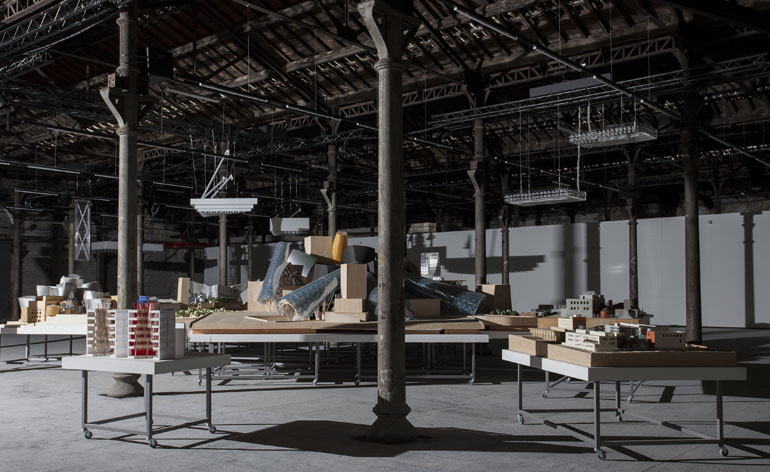
Sehgal choreographed a team of assistants to push around large rolling tables bearing models of Gehry buildings, such as the Walt Disney Concert Hall in LA, the Guggenheims in Bilbao and Abu Dhabi, and the National Art Museum of China

The exhibition features models of some of Gehry's seminal projects, both completed and unrealised, including his plans for Atlantic Yards, a mixed-use commercial and residential development in Brooklyn, New York
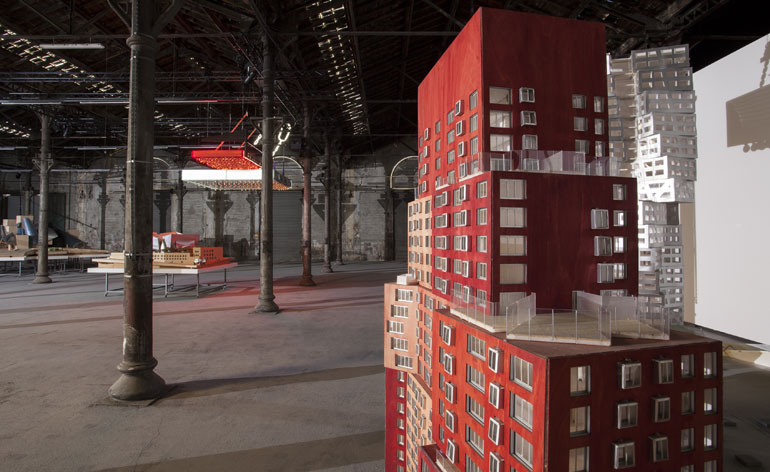
'Solaris Chronicles' explores new ways of producing exhibitions beyond displaying static objects in a museum
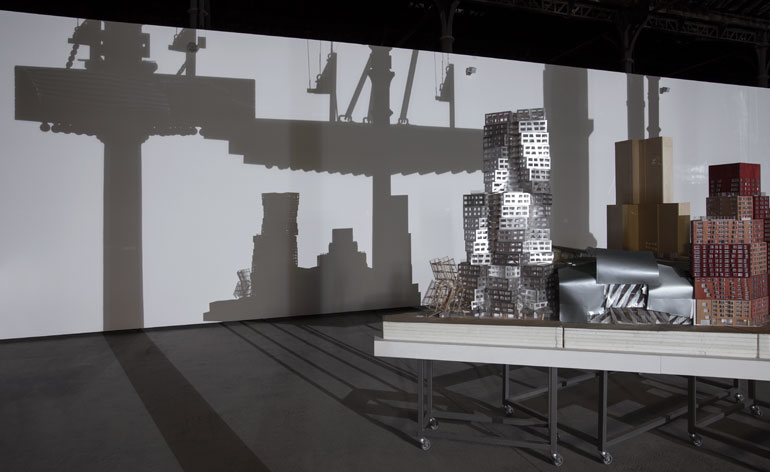
Overhead, a moving sun-like light by Parreno and Gillick travels along a ceiling track, casting strange shadows
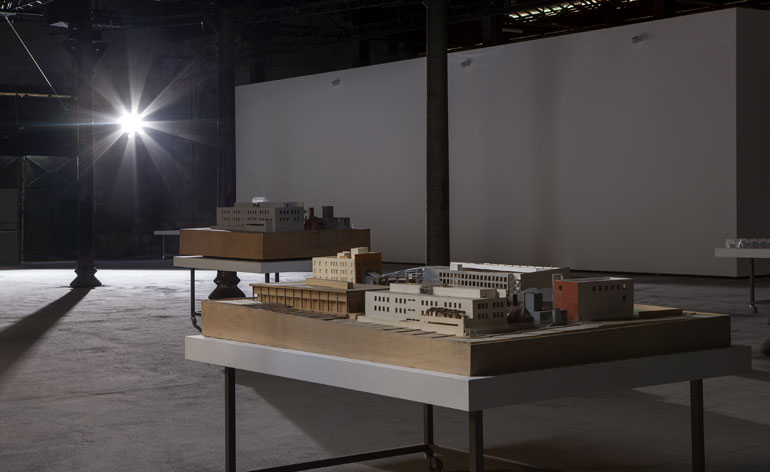
The exhibition's goal, says Maja Hoffmann, founder of the Luma Foundation, is to examine the California-based architect's vision and explore how his freeform spirit is close to other forms of art

'Solaris Chronicles' is a loose and ever-changing show with contributions by Parreno, Gillick, Sehgal, Pierre Boulez and John Baldessari. In July, works by David Lynch, Cai Guo-Qiang and Rirkrit Tiravanija will join the mix, along with Gehry's models of Facebook's new West Campus building in Menlo Park, California
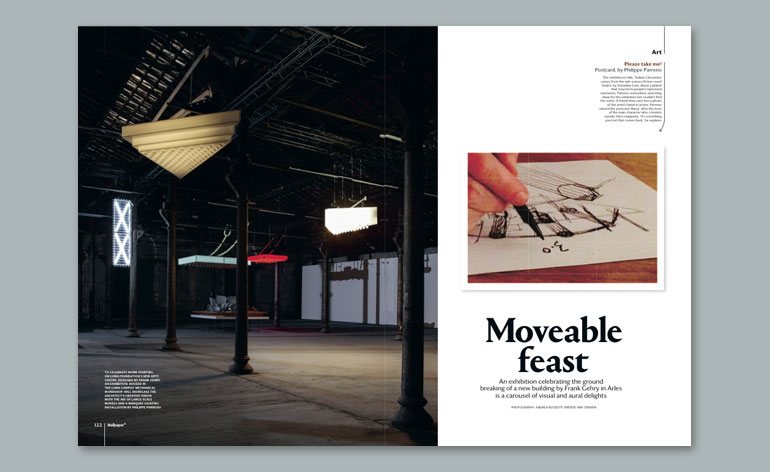
The exhibition's title comes from the 1961 science fiction novel Solaris, by Stanislaw Lem, about a planet that resurrect's people repressed memories. Parreno remembers sketching ideas for the exhibition but couldn't find the notes. A friend then sent him a photo of the artist's hand in action, a postcard of which appears in our August 2014 issue (W*185), out now

We can now reveal the mystery friend as the exhibition's producer Asad Raza. Parreno (pictured) named the postcard 'Harey', after the lover of the main character who commits suicide, then reappears
ADDRESS
Atelier de la Mécanique
Parc des Ateliers
Arles
France
Receive our daily digest of inspiration, escapism and design stories from around the world direct to your inbox.
Amy Serafin, Wallpaper’s Paris editor, has 20 years of experience as a journalist and editor in print, online, television, and radio. She is editor in chief of Impact Journalism Day, and Solutions & Co, and former editor in chief of Where Paris. She has covered culture and the arts for The New York Times and National Public Radio, business and technology for Fortune and SmartPlanet, art, architecture and design for Wallpaper*, food and fashion for the Associated Press, and has also written about humanitarian issues for international organisations.
-
 For Rodríguez + De Mitri, a budding Cuernavaca architecture practice, design is 'conversation’
For Rodríguez + De Mitri, a budding Cuernavaca architecture practice, design is 'conversation’Rodríguez + De Mitri stands for architecture that should be measured, intentional and attentive – allowing both the environment and its inhabitants to breathe
-
 A compact Scottish home is a 'sunny place,' nestled into its thriving orchard setting
A compact Scottish home is a 'sunny place,' nestled into its thriving orchard settingGrianan (Gaelic for 'sunny place') is a single-storey Scottish home by Cameron Webster Architects set in rural Stirlingshire
-
 7 colours that will define 2026, from rich gold to glacier blue
7 colours that will define 2026, from rich gold to glacier blueThese moody hues, versatile neutrals and vivid shades will shape the new year, according to trend forecasters
-
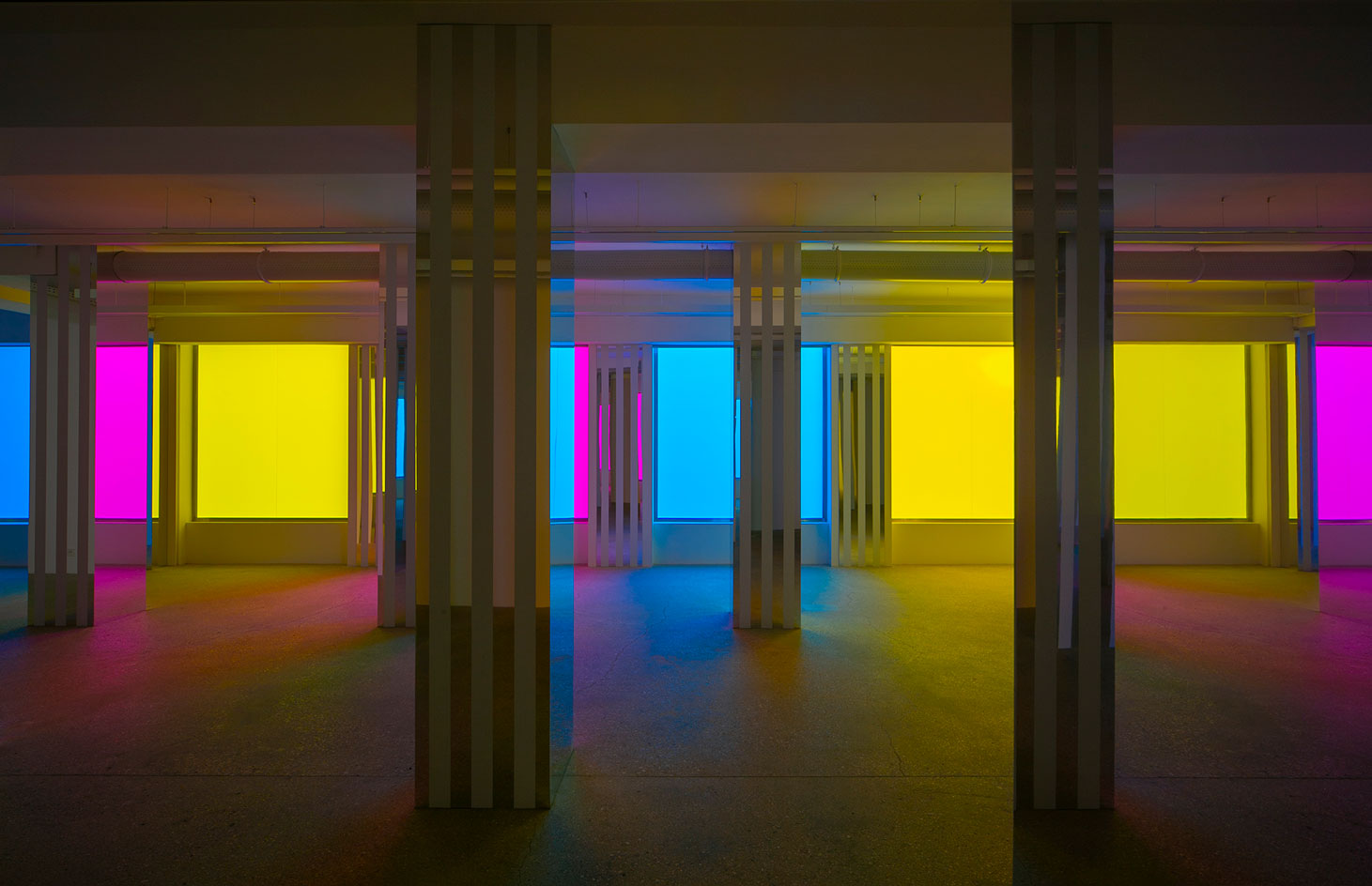 Philippe Parreno and Daniel Buren cast spectral shadows in Paris
Philippe Parreno and Daniel Buren cast spectral shadows in ParisInaugurating Kamel Mennour’s fifth gallery space, designed by Pierre Yovanovitch, the French artists unveil their first joint exhibition, and it raises more questions than answers
-
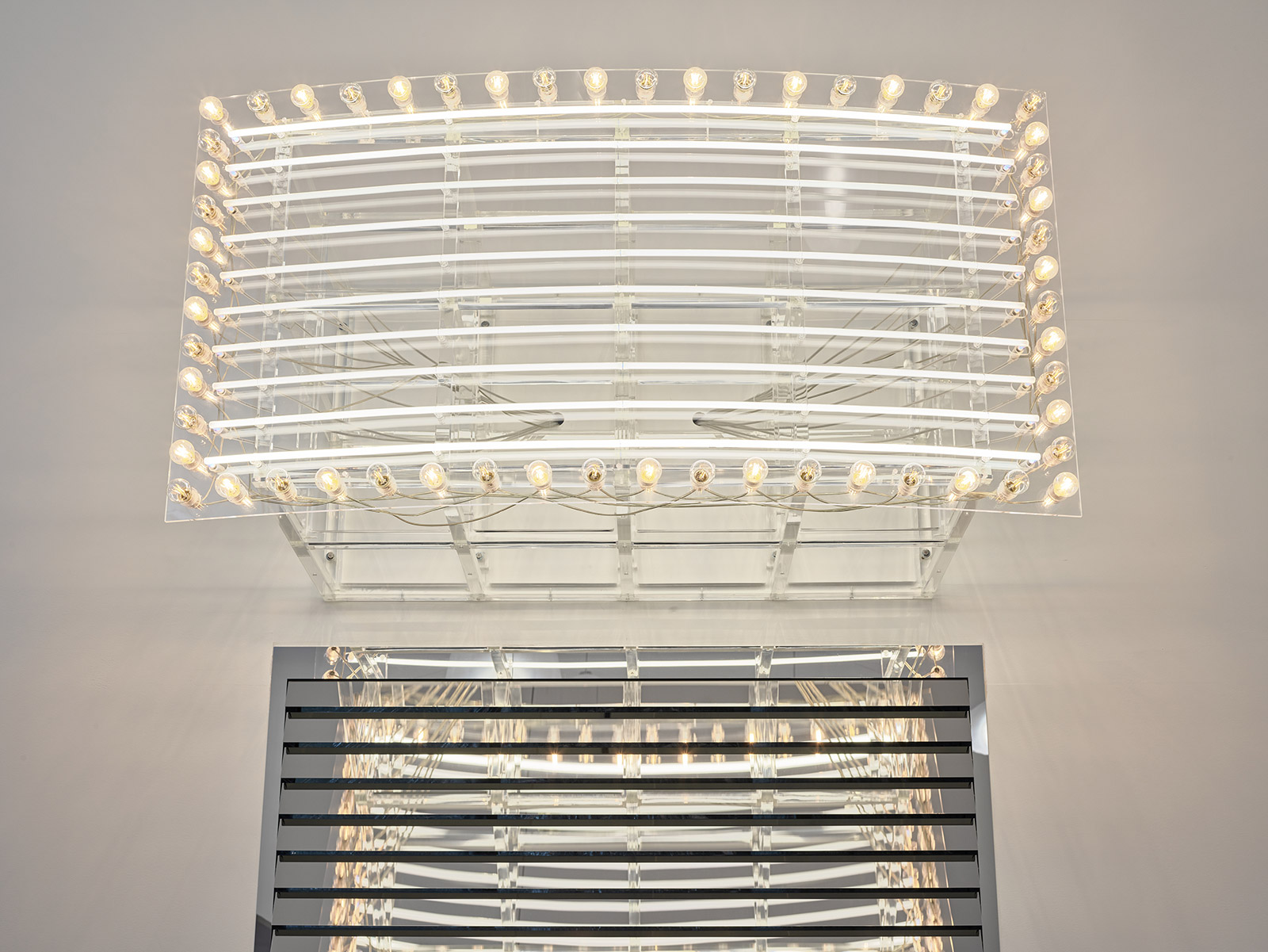 Philippe Parreno unveils new commission at the revamped MoMA
Philippe Parreno unveils new commission at the revamped MoMAThe French artist has created a site-specific installation for the entrance of the New York art museum. Here, we go behind-the-scenes with an exclusive interview, and photographs captured by Parreno himself
-
 Philippe Parreno combines 20 years of footage to create ‘film of films, a seance of cinema’
Philippe Parreno combines 20 years of footage to create ‘film of films, a seance of cinema’The French artist premieres a new feature-length film at the 48th International Film Festival Rotterdam, reflecting two decades of filmmaking in the eye of the international art world
-
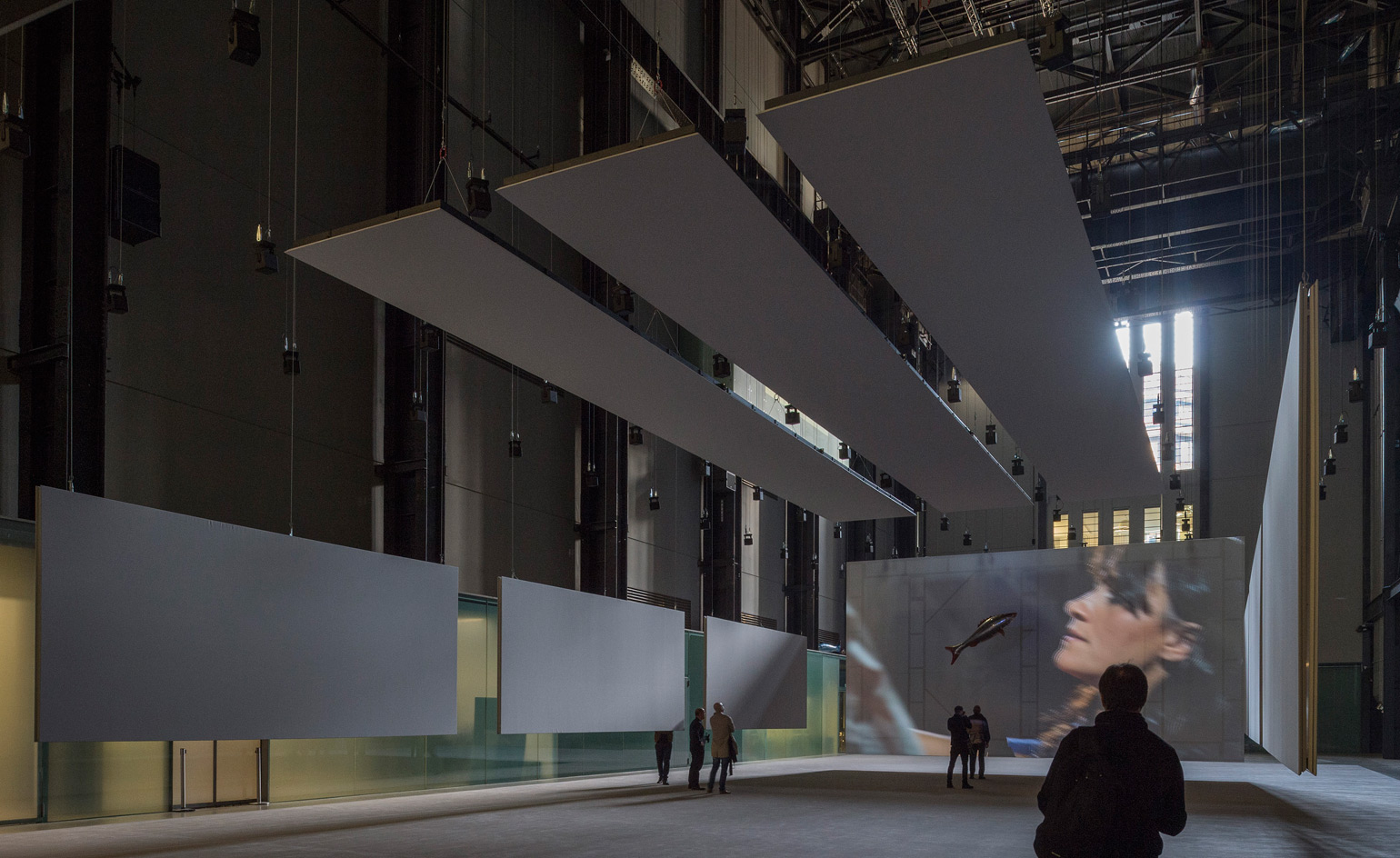 Master of ceremonies Philippe Parreno brings the Turbine Hall to life
Master of ceremonies Philippe Parreno brings the Turbine Hall to life -
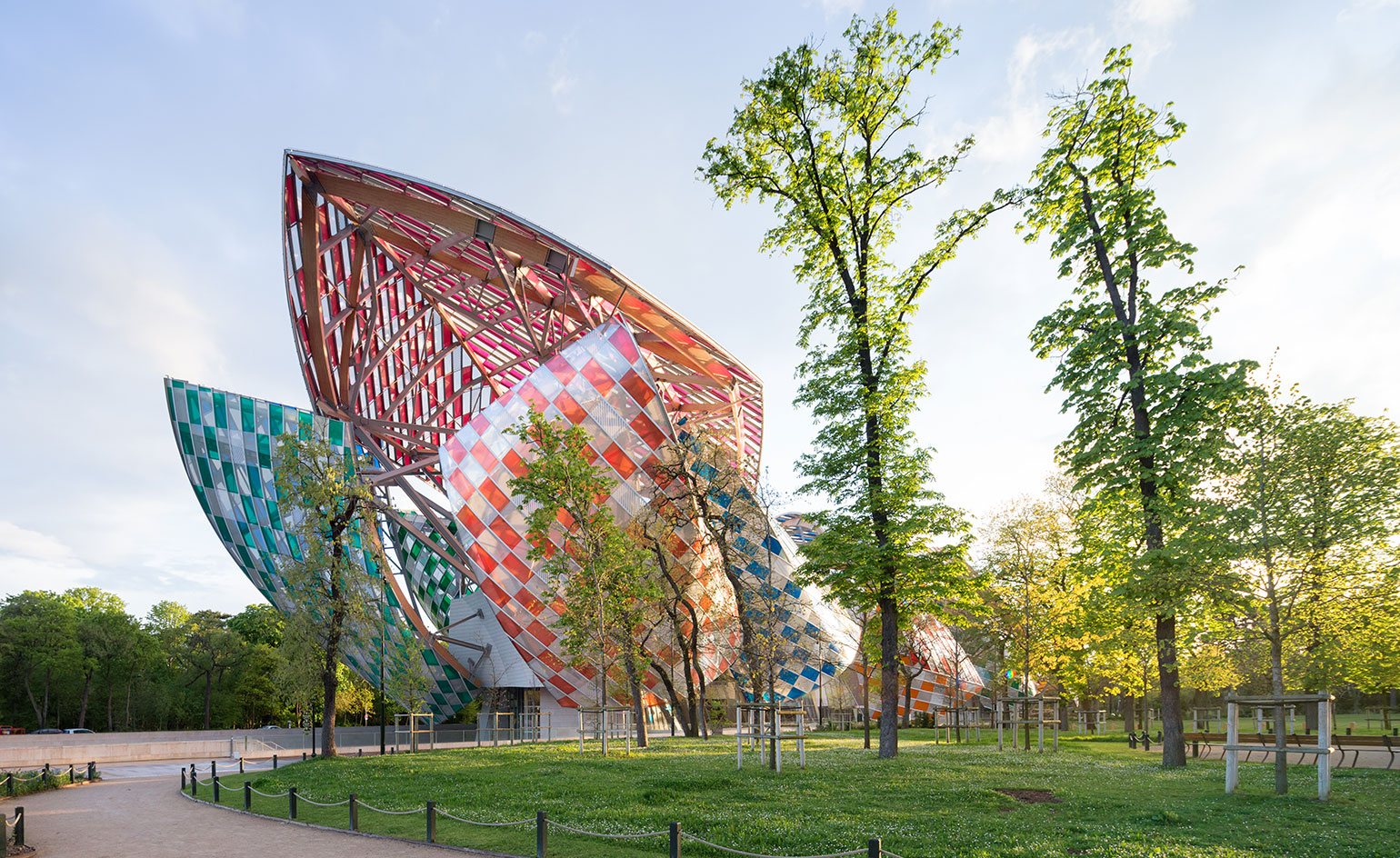 Observatory of Light: Daniel Buren at Fondation Louis Vuitton, Paris
Observatory of Light: Daniel Buren at Fondation Louis Vuitton, Paris -
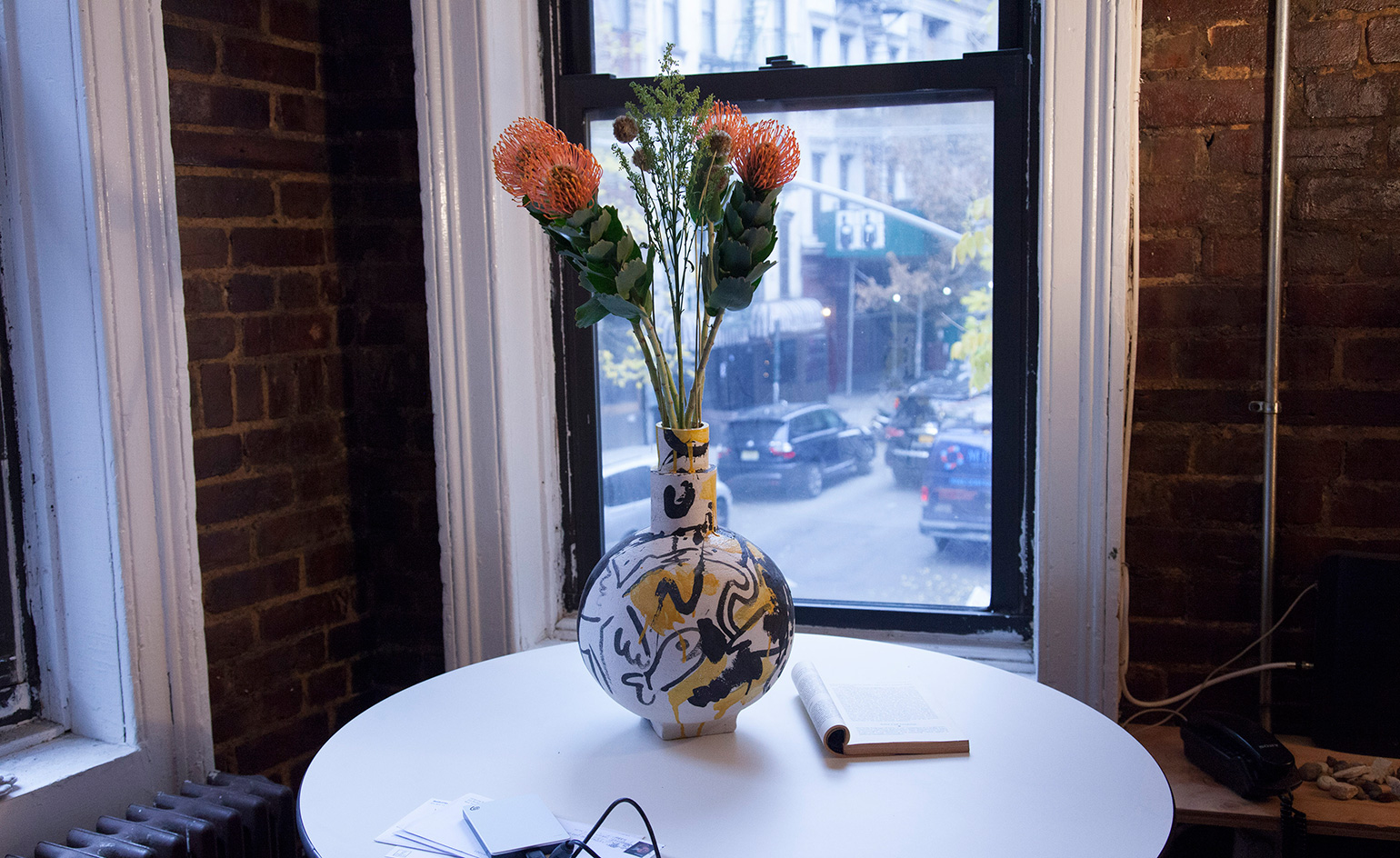 Home grown: Asad Raza stages art show in his one-bedroom NYC apartment
Home grown: Asad Raza stages art show in his one-bedroom NYC apartment -
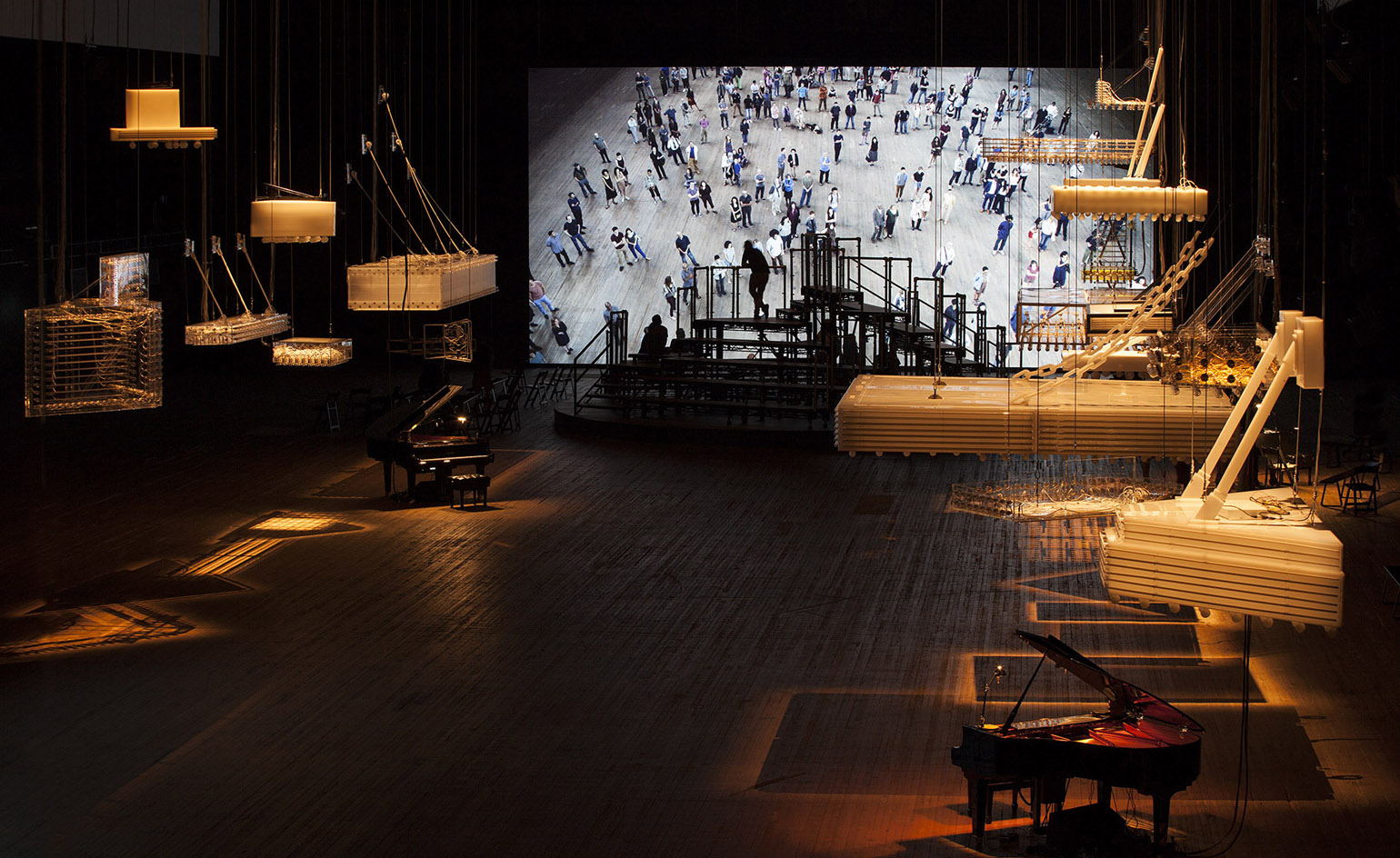 Philippe Parreno’s multimedia extravaganza, H {N)Y P N(Y} OSIS, opens in New York's Park Avenue Armory
Philippe Parreno’s multimedia extravaganza, H {N)Y P N(Y} OSIS, opens in New York's Park Avenue Armory -
 Artistry/Technology: the art world’s top names discuss creativity and craftsmanship in Liberatum film
Artistry/Technology: the art world’s top names discuss creativity and craftsmanship in Liberatum film